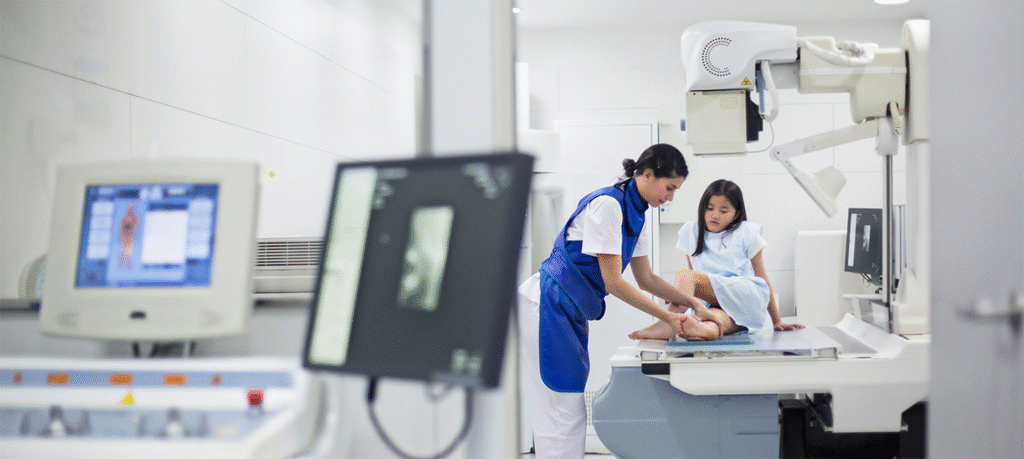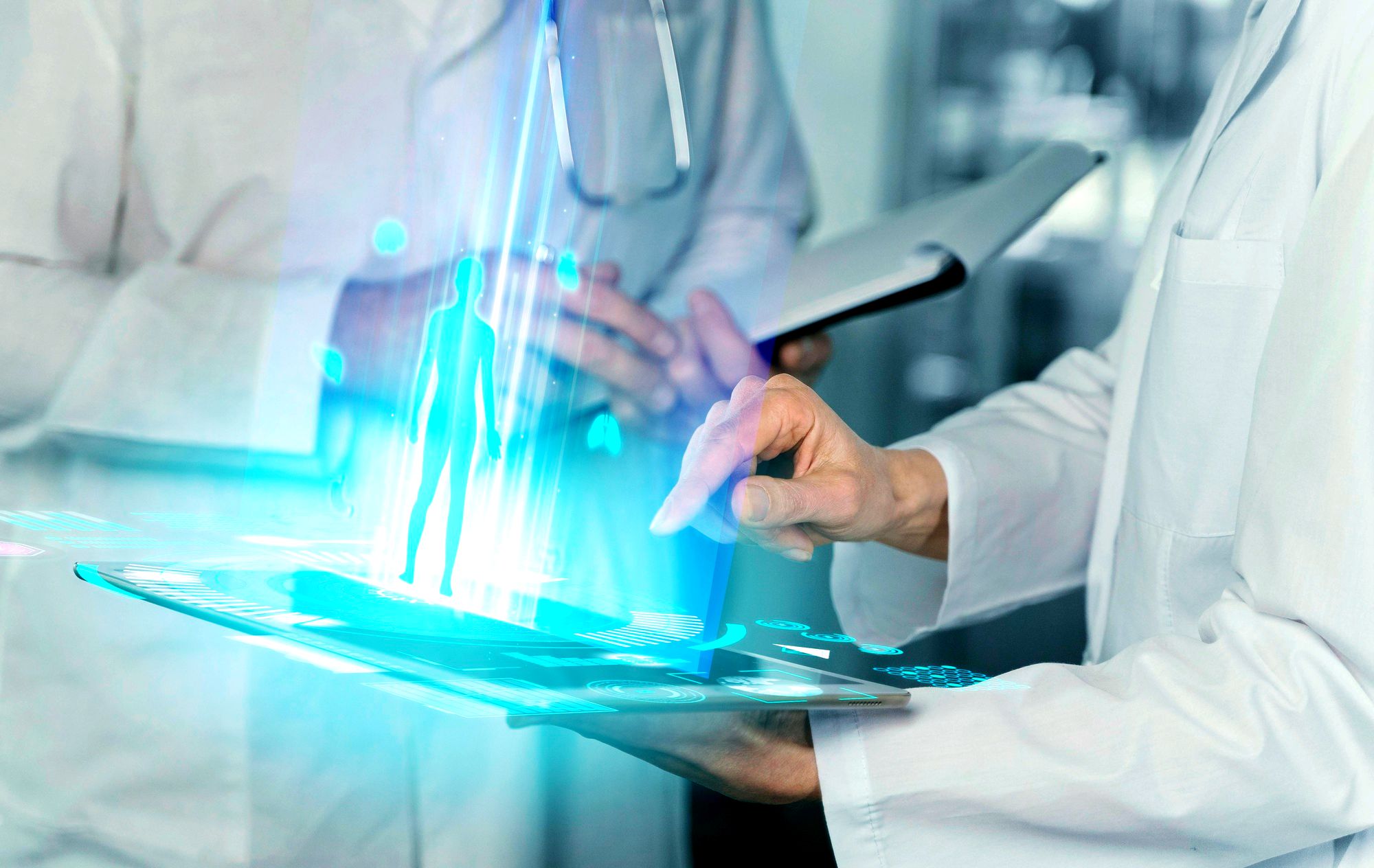Cutting-edge medical innovations, such as AI-driven diagnostics, robotic surgeries, and gene therapies, promise transformative benefits for healthcare. However, their rapid adoption introduces new safety challenges, including cybersecurity risks, unforeseen side effects, and ethical dilemmas. This article explores both the promise and perils of these advancements, offering insights into their real-world applications and implications for patient safety.
Introduction: The Double-Edged Sword of Medical Innovation
In recent years, the medical field has witnessed unprecedented technological advancements. From artificial intelligence (AI) algorithms diagnosing diseases to robotic-assisted surgeries and gene-editing therapies, these innovations hold the potential to revolutionize patient care. However, as with any technological leap, they bring forth a spectrum of safety concerns that cannot be overlooked. The question arises: Are these cutting-edge medical innovations safe or risky?
Understanding Cutting-Edge Medical Innovations
Artificial Intelligence in Diagnostics
AI algorithms have shown remarkable accuracy in diagnosing conditions like skin cancer, diabetic retinopathy, and even certain types of heart disease. For instance, Google’s DeepMind developed an AI system that outperformed human radiologists in breast cancer detection. Such advancements promise quicker diagnoses and personalized treatment plans.
Robotic-Assisted Surgeries
Robotic systems, such as the da Vinci Surgical System, allow surgeons to perform minimally invasive procedures with enhanced precision. These technologies can lead to shorter recovery times and reduced risk of complications.
Gene Editing and Cell Therapies
Techniques like CRISPR-Cas9 enable precise modifications to DNA, offering potential cures for genetic disorders. CAR-T cell therapies, which modify a patient’s T cells to fight cancer, have shown promise in treating certain blood cancers.
The Safety Concerns: Navigating the Risks
1. Cybersecurity Vulnerabilities
As medical devices become interconnected, they become susceptible to cyberattacks. In 2024, researchers demonstrated how adversarial data could exploit vulnerabilities in Bluetooth-connected glucose monitoring systems, potentially leading to incorrect readings and patient harm.
2. Unintended Genetic Consequences
While gene editing holds therapeutic promise, it also poses risks. The FDA is investigating cases where CAR-T cell therapies, which involve modifying T cells to target cancer, may inadvertently cause new cancers due to random integration of genetic material.
3. Overreliance on AI
AI systems, though powerful, are not infallible. A study found that an AI algorithm misdiagnosed a condition in a significant number of cases, underscoring the importance of human oversight.
4. Ethical and Regulatory Challenges
The rapid pace of innovation often outstrips regulatory frameworks. This lag can lead to the premature deployment of technologies without adequate safety evaluations, potentially compromising patient well-being.
Real-World Case Studies: Lessons Learned
Case Study 1: The Rise and Fall of Theranos
Theranos, a health technology company, claimed to revolutionize blood testing with a device that required only a few drops of blood. However, investigations revealed that the technology was flawed, leading to its downfall and highlighting the dangers of unproven innovations.
Case Study 2: The Promise and Peril of CRISPR
In 2018, a Chinese scientist controversially edited the genes of embryos, resulting in the birth of twins with edited DNA. The global scientific community condemned the act, emphasizing the ethical and safety concerns surrounding gene editing.
Balancing Innovation with Caution
While the potential benefits of cutting-edge medical innovations are immense, it is crucial to approach their adoption with caution. Rigorous testing, robust regulatory oversight, and continuous monitoring are essential to ensure patient safety.

Frequently Asked Questions (FAQs)
1. Are AI-driven diagnostics more accurate than human doctors?
AI-driven diagnostics can process vast datasets rapidly, detecting subtle patterns sometimes missed by human doctors. While highly accurate in certain fields like radiology or dermatology, AI should complement medical expertise rather than replace it. Human oversight ensures context, empathy, and clinical judgment that technology alone cannot provide.
2. Can robotic surgeries go wrong?
Robotic surgeries are generally safe and improve precision, but risks exist. Device malfunctions, software errors, or inadequate surgeon training can lead to complications. These systems require skilled human supervision and ongoing monitoring to ensure safety. Ultimately, technology enhances outcomes but does not eliminate the need for expert oversight.
3. Is gene editing safe for humans?
Gene editing offers groundbreaking therapeutic potential for genetic disorders, yet safety concerns remain. Risks include unintended genetic alterations, immune reactions, or unknown long-term consequences. While clinical trials show promise, strict regulation, ongoing research, and ethical scrutiny are necessary to ensure patient safety and minimize unforeseen health complications.
4. How can patients protect themselves from medical device cyber threats?
Patients should confirm that their medical devices receive regular software updates and use secure connections. Reporting unusual activity or malfunction to healthcare providers promptly is crucial. Cybersecurity in healthcare is an evolving challenge, so staying informed and cautious about connected devices helps reduce potential risks and vulnerabilities.
5. Are there regulations governing new medical technologies?
Yes, agencies like the FDA and international regulators oversee medical technologies. However, rapid innovation often outpaces regulatory frameworks. This creates challenges in ensuring safety and efficacy before market release. Stronger monitoring systems, ethical oversight, and continuous updates to regulations are needed to match technological advancements in healthcare.
6. What are the risks of AI in healthcare?
AI in healthcare can introduce biases from training data, misinterpretations, and lack of transparency in decision-making. Overreliance may compromise safety if not cross-checked by human professionals. Regular auditing, ethical AI development, and keeping healthcare providers involved are crucial to balance technological efficiency with responsible medical decision-making.
7. Have there been any incidents involving robotic surgery malfunctions?
Yes, rare but reported incidents include robotic instrument failures, system errors, and technical malfunctions during surgery. While such cases are uncommon, they highlight the importance of thorough surgeon training, regular equipment maintenance, and human oversight. Proper safeguards help reduce risks and ensure patient safety in robotic-assisted procedures.
8. What are the ethical concerns surrounding gene editing?
Gene editing raises ethical issues such as unintended consequences, germline modifications, and the possibility of altering human evolution. Concerns include equity, accessibility, and potential misuse. Balancing scientific progress with ethical safeguards requires strong regulations, global consensus, and respect for patient rights before wide clinical implementation becomes acceptable.
9. How can healthcare providers ensure the safety of cutting-edge technologies?
Healthcare providers must apply rigorous clinical testing, invest in continuous staff training, and enforce strict guidelines for new technologies. Regular equipment audits, monitoring outcomes, and gathering patient feedback strengthen safety. Integrating innovation cautiously while prioritizing patient well-being ensures responsible adoption of cutting-edge tools in medical practice.
10. What is the future outlook for medical innovations?
The future of medical innovations promises more personalized treatments, faster diagnoses, and minimally invasive therapies. AI, robotics, and gene editing will revolutionize care, but safety and ethics remain paramount. Balancing progress with patient trust, regulatory oversight, and equitable access will shape the next generation of global healthcare.
Conclusion: A Path Forward
Cutting-edge medical innovations hold the promise of transforming healthcare delivery and patient outcomes. However, their integration into clinical practice must be approached with a balanced perspective, weighing potential benefits against inherent risks. Through rigorous research, ethical considerations, and continuous monitoring, the medical community can harness these advancements safely and effectively.

